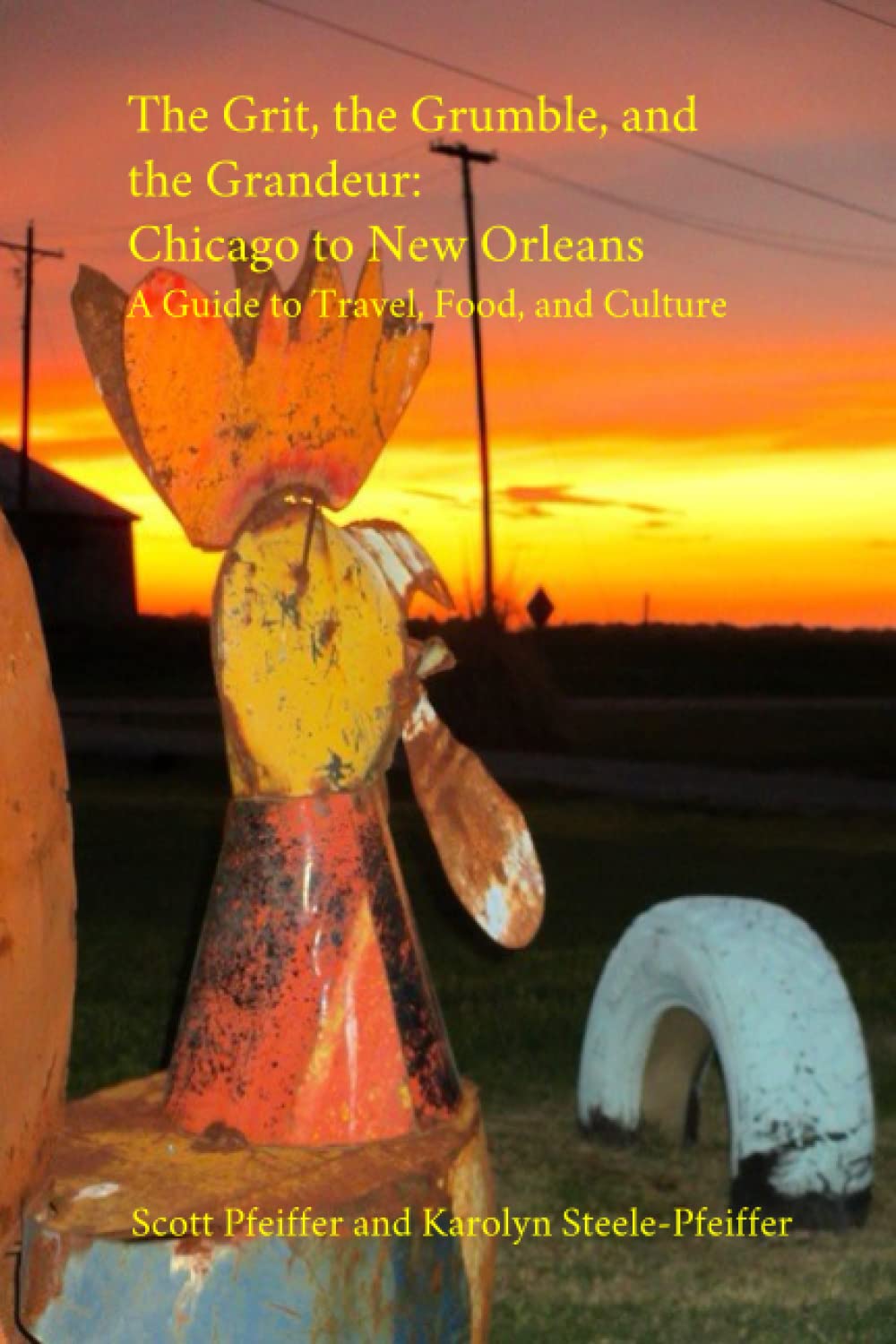Mississippi Delta, 2017: Part 1 (Tutwiler to Dockery Plantation to Leland: The "Discovery" and "Invention" of the blues)
 Sunday, May 7, 2017 at 04:27AM
Sunday, May 7, 2017 at 04:27AM We set out to explore the Mississippi Delta, the flat, fertile cotton lands where the blues began—"the most Southern place on earth," per Richard Knight in his book The Blues Highway: New Orleans to Chicago. "No music better reflects its environment."
Down a lonesome stretch of road in Tutwiler, we found the grave of Sonny Boy Williamson II (Rice Miller) (1910-1965), perhaps the greatest harmonica player in the history of blues (well, him and Little Walter).
We'd never have found Sonny Boy without the aid of a kindly old fellow tending the first graveyard we came to. He's not here, he said, then gestured out over the fields in the right direction. This gent would turn up several times as we explored Tutwiler, making sure we didn't get lost.
Sonny Boy's sisters, who both died in a fire in 1995, are buried nearby.
Tutwiler has another claim to blues fame. It's where W.C. Handy "discovered" the blues in 1903. As we approached the site of the old train station where the deal went down, Cristen Barnard's murals beckoned us on.
On the fateful day, Handy was waiting for a train in Tutwiler when a man sat down next to him. In Handy's own words (as reprinted by Richard Knight): the "lean, loose-jointed Negro commenced plunking a guitar...His clothes were rags, his feet poked out of his shoes. His face had on it some of the sadness of the ages. As he played, he pressed a knife on the strings...and the effect was unforgettable."
Per Knight: "W.C. Handy had discovered the blues."
Cristen Barnard's mural depicts the scene, below.
Knight goes on: "The bluesman went on to sing the line 'Goin' where the Southern cross the Dog' which, Handy discovered, referred to the point where the Yazoo & Mississippi Valley railroad, nicknamed the 'Yellow Dog,' crossed the Southern railroad in Moorhead." Later, we would stop in Moorhead and visit the very site this anonymous, and world-changing, man was singing about.
The Tutwiler station's no longer standing, but the old track's still there.
The old gent who'd helped us back at the graveyard reappeared. Just wanted to make sure you didn't get lost on these back roads, he said. He tipped us off to one more thing we shouldn't miss. Right around the corner stood the site of the funeral home where, in 1955, they prepared Emmett Till's body to send back to Chicago. A white man, he spoke of Till in an almost apologetic tone, though he'd only been five years old at the time. A reflective tone, as though there were something he wished he could have done. The farmers came in the middle of the night and dragged him out, he said, and they tortured that poor boy, and that's the true story. (As if there'd ever been some other narrative that needed countering. Maybe if you grew up white in the south, there had been.)
Outside of Cleveland, we visited the site many scholars agree is the very birthplace of the Delta blues, the Dockery Plantation. The cotton gin bears the family name.
"Charley Patton grew up here learning at the feet of Henry Sloan who played a rhythmic guitar style which Patton later developed into blues," writes Richard Knight. "That contribution is hard to underestimate. Robert Palmer, in his definitive book Deep Blues, claims, '...he [Patton] inspired just about every Delta bluesman of any consequence. He is among the most important musicians twentieth century America has produced.'"
Charley Patton lived on Will Dockery's plantation overlooking the Sunflower River, after his father moved the family there in 1897. We liked to imagine him playing for the people on this porch. Howlin' Wolf learned from Patton, here at Dockery. Pops Staples grew up here, too. Pops' "beautiful guitar playing is based on the downhome Delta blues," writes Steve Cheseborough in his book Blues Traveling: The Holy Sites of Delta Blues.
The great, old-school "Coca-Cola" Dockery filling station is down on the corner.
Later, at the Highway 61 Blues Museum in Leland, we'd find a model of the Dockery Plantation. There's the Coca-Cola filling station on the left, the Baptist Church for the plantation's black workers on the right. The Dockery cotton gin's in the middle, the porch we were standing on partially obscured behind it.


Reader Comments